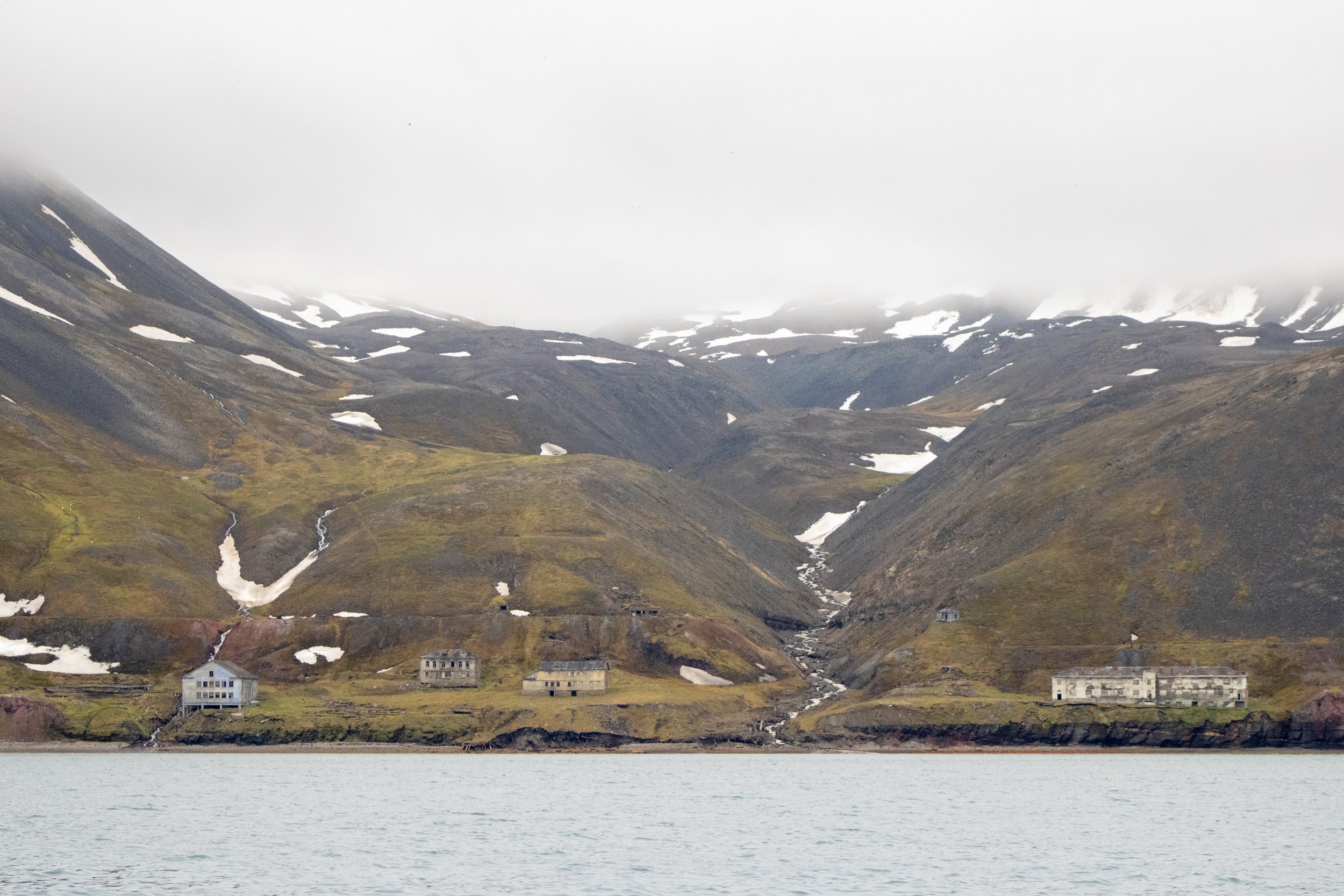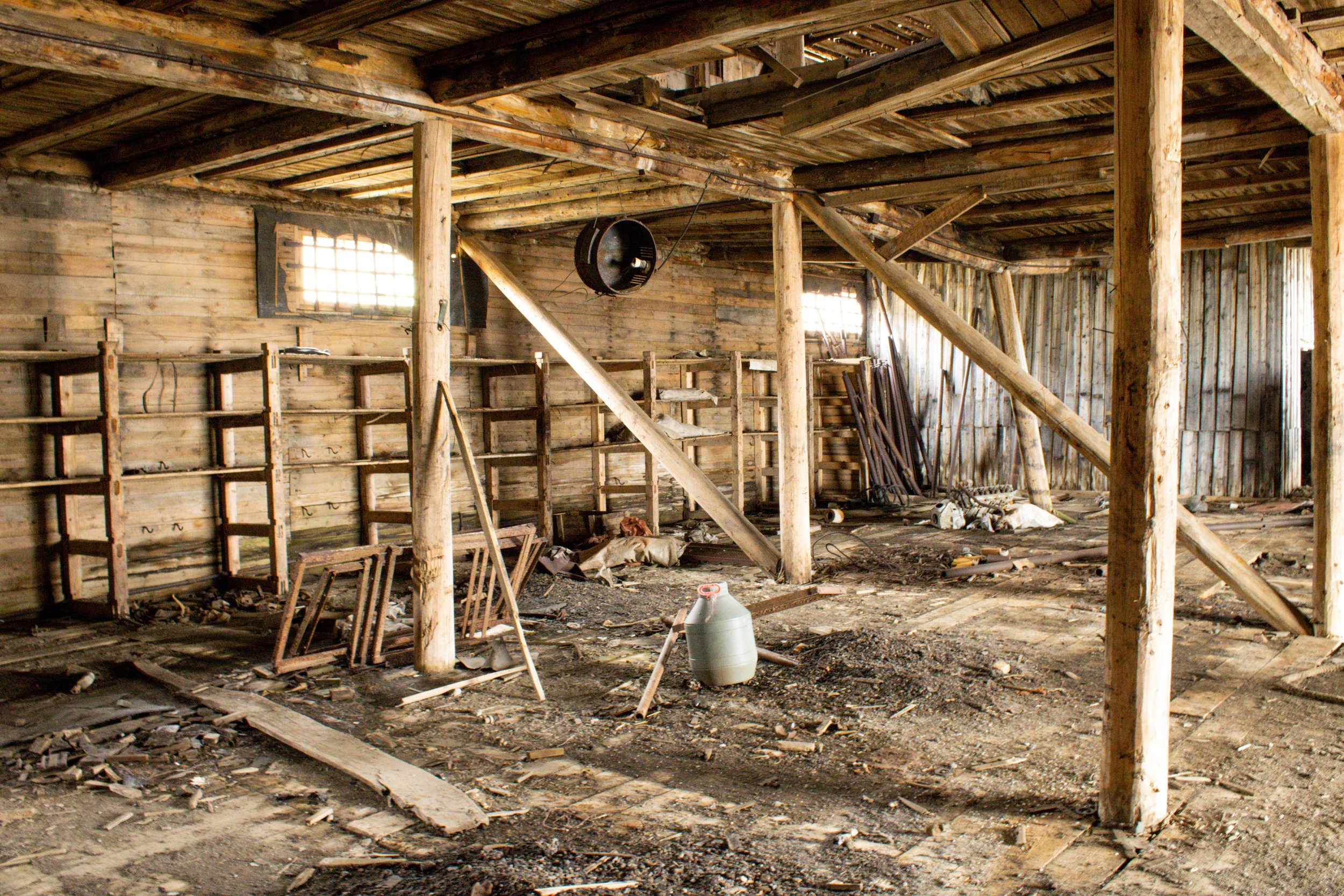Polar Blog Series Part II: The Arctic
Chapter 8: The Human History
I shouldn’t have been surprised. History dripped from every conversation; all the places we visited contained interesting facts about explorers and previous societies. Just like the Antarctic, hundreds of sailors ventured into the icy, ever changing waters of the Arctic.
A settlement long deserted
Measly huts and sheds served as shelters to men for months, even during the winter. On our first landing of the trip, we visited a small two room cottage that stood for sixty years. A man, woman and three year old child lived there for over a year, and they even gave birth to a newborn. Stepping inside the hut, it was surreal to imagine raising a family in such a remote, inhospitable place—alone.
An abandoned building’s interior
We also visited a former coal mining town of the USSR. Abandoned and left as it originally stood, the smattering of buildings and infrastructure resembled a tiny ghost town. Storage crates and barrels of supplies remained unopened where they were. Even remains of the railroad tracks and the bridge/tunnel that transported the coal back to an airfield were still present. This limited infrastructure still hinted at a miserably cold winter experience.
New ship, old dock
The almost feeble attempts at settlement around the island of Spitsbergen were a reminder, almost a warning: we may possess the ability to create tools and manipulate our environment, but even on our own planet, we are at the mercy of the elements. We are fragile compared to the other animals that have adapted to thrive in this harsh environment. We may be mighty in many ways, but we are also small. This beautiful world is not our domain, but that of the universe. We are simply one part of it.




